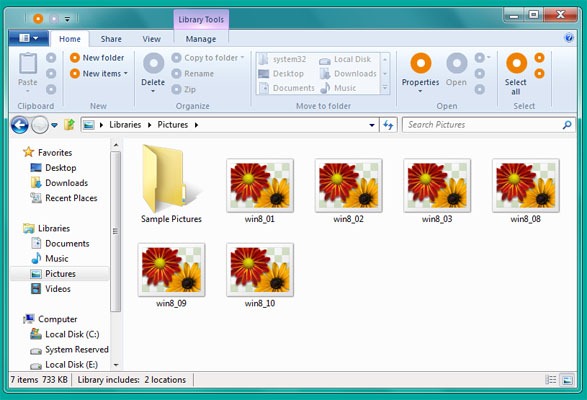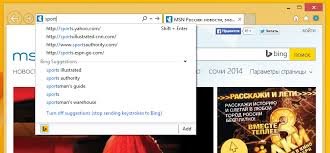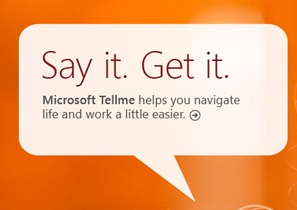In almost every troubleshoot that we’ve covered, Windows Update has always managed to squeeze through to establish a prominent position. And after all, why shouldn’t it; This is a handy OS utility used to keep the system updated with the latest security advancements, and repair troubling programs using the latest fixes/patches, automatically. In fact, a safe Windows user runs this tool regularly and ensures he doesn’t lag behind on the hottest happenings surrounding the app arena. However, what if the tool runs into perplexing errors itself and fails to continue any further? Let alone the original troubleshoot, you might find yourself fixing this program instead. Fortunately, we have discovered a list of common messages that you are most likely to run into, and have developed easy steps to fix the specific concern. But first, make sure you run the Windows Update Troubleshooter and Free Windows 8 Optimizer before indulging into further resolutions.
Code 1: 0x8024401C
This error means that your PC is unable to connect to the Windows Update servers. Here is how you you can erase this problem by ensuring good connection:
Check Internet Connection
Make sure your PC is connected to the internet. You can run Internet Connection troubleshooter to automatically fix network problems. This is demonstrated below:
- Open Charms bar by pressing Windows + C keys
- Choose Search
- Type Identify and repair in the search box
- Click Identify and repair network problems from the results
Code 2: 0x80070103
This situation may either result if you are trying to install a driver that is already found on your system, or when you are attempting to integrate a driver that is less compatible than the one you already have. To address this problem, you can proceed with hiding the update so it’s not offered again:
- Drag the mouse down from the top edge of your screen to choose Search
- Enter Hide or unhide updates and click the icon
- Select any of the two links depending upon your choice
- Important updates are available
- Optional updates are available
- Locate the update you want to hide and right-click it
- Choose Hide update
Code 3: 0x80240016
If you see this error while running the update software, it typically means that you have some installation process running in the background that is hampering the update. This can be fixed by restarting the computer and starting anew.
Code 4: 0x80073712
This is a critical error that implies one, or multiple Windows Update files to be corrupt or damaged. To fix this, use Windows in-built troubleshooting tools.
Run DISM tool
- Open Search bar formerly described
- Enter cmd and notice Command Prompt appear at the results
- Right-click the icon
- Choose Run as administrator from the menu below
- In the elevated window, run the following commands individually
DISM.exe /Online /Cleanup-image /Scanhealth
DISM.exe /Online /Cleanup-image /Restorehealth
- Restart Windows Update and see if the error persists. If it does, perform a PC Refresh
PC Refresh
- Press Windows + I keys to open the Settings menu
- Click Change PC settings
- Navigate to Update and recovery
- Click Recovery
- Under Refresh your PC without affecting your files, choose Get started
- Follow on-screen instructions
Code 5: 0x80246002
Similar to the aforementioned error, this problem means that Windows Update files need to be repaired before advancing forward. However, this can often be corrected by renaming the Windows Update download folder. To do this, refer to these steps:
- Open Start Screen by pressing Windows key
- Type notepad and hit Enter
- In the Notepad window, copy and paste the following command
net stop wuauserv
cd %systemroot%\SoftwareDistribution
ren Download Donwload.old
net start wuauserv
- Open File menu and click Save as
- Dropdown Save as type to All Files
- Set File name to Rename.bat
- Save file to Desktop
- Right-click Rename.bat file and choose Run as administrator to rename the Download folder
- Try to install updates again
If your update was interrupted by an error not listed in this article, Google the code and see what Microsoft has to say. Update problems should not be left unresolved at any cost.





